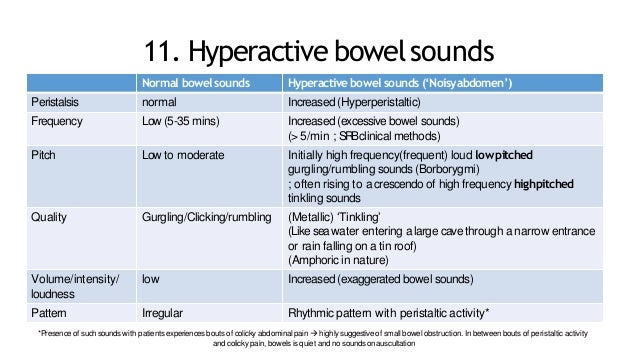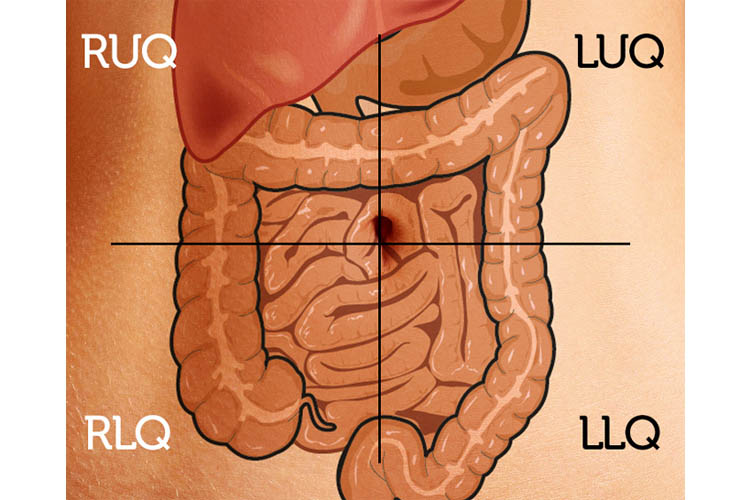

“All that’s left is to get enough data together to get regulators excited. As time goes on, and the AI processes more patient data, it will become better trained to spot the characteristic noises of IBS. But this is not quite enough to satisfy gastroenterologists they want to see more patients tested with the device before they trust it in their clinical practice.īut every case makes the AI smarter. The project’s AI component can detect IBS at 87 percent sensitivity - meaning it can correctly identify IBS patients about 9 times out of 10. “We’re in the proof-of-concept phase,” Marshall says.įor now, results look promising. They say, ‘It’s a school disease.’ My hope for this project is that it starts to show these doctors that it’s not just stress or anxiety, we’re dealing with a legitimate illness here,” Marshall says.īut the Noisy Guts Project needs more data before it can offer a better way. “Eighty percent of IBS patients are women, so doctors see it and they think ‘Oh, it’s stress.’ Same with little kids. (People with IBS have stomach contractions, known as peristalsis, that are either too strong or that get out of sync, which creates pressure in different places in the gut.) The recordings are then fed into an AI (artificial intelligence) engine to see if it can detect the difference between IBS gut noise, and noise from healthy people. The Noisy Guts Project is testing the use of an acoustic belt that listens to and records the grumblings of your gut. He’s devised what may be a simple, noninvasive way to diagnose IBS - by listening to the sounds produced in patients’ digestive tracts.


There’s no single test that can detect it.īarry Marshall, MD, an Australian physician who won the Nobel Prize for discovering the link between stomach ulcers and the bacteria H. While its symptoms might seem obvious to patients - abdominal cramping, gas, bloating, constipation, diarrhea - IBS is much harder for physicians to pin down. Add this to the list of grievances against irritable bowel syndrome (IBS): It’s a pretty stealthy disease.


 0 kommentar(er)
0 kommentar(er)
